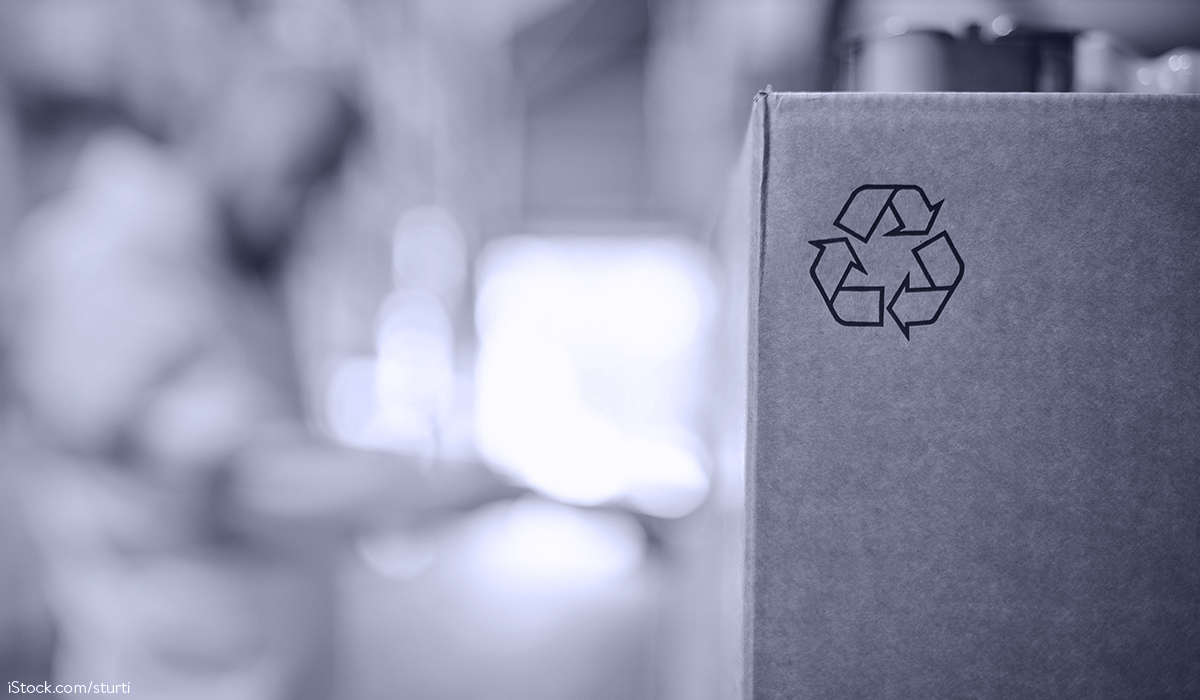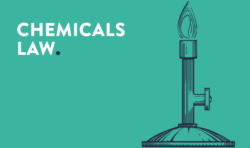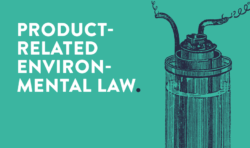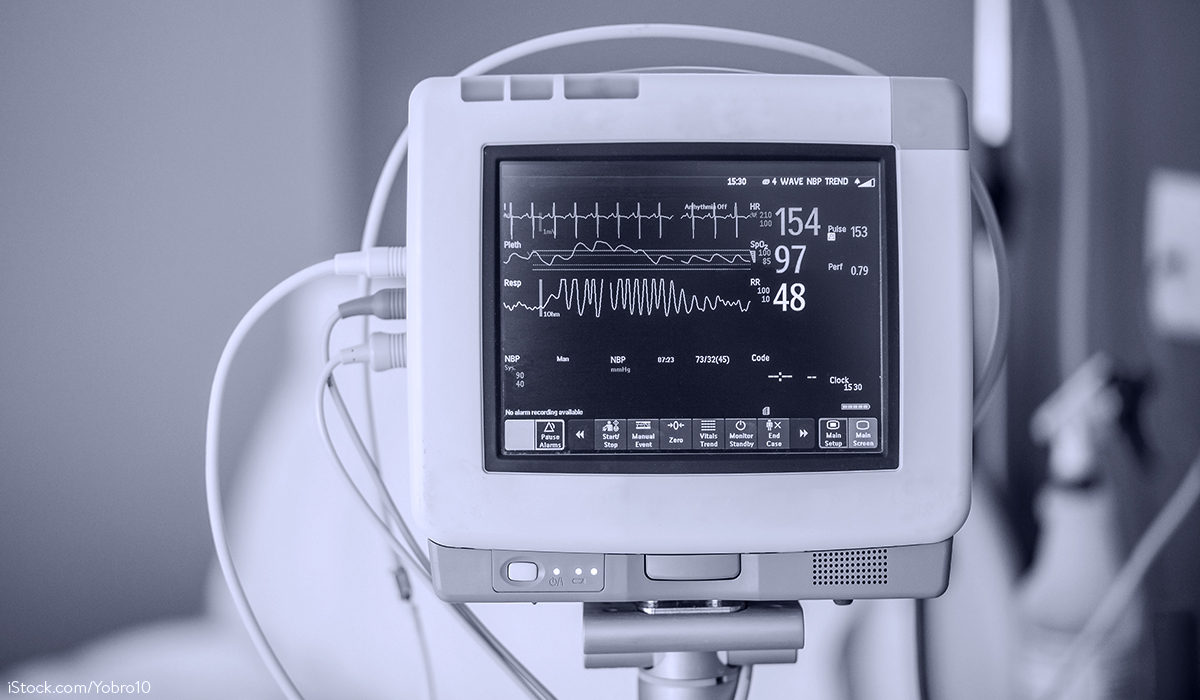The EWKVerbotsV prohibits the placing on the market of certain single-use plastic products explicitly mentioned therein and all products made of oxo-degradable plastics, regardless of whether they are packaging or goods (our blog-post: EWKVerbotsV). The EWKKennzV contains requirements for the attachment of lids and caps to single-use plastic beverage containers on the one hand, and for the labeling of certain single-use plastic products on the other hand, whereby the labeling must be predominantly on the product packaging (our blog-post: EWKKennzV).
In contrast, the new, single-use plastic-related regulations in the VerpackG only cover various types of single-use plastic packaging in accordance with their systematic position in packaging law (we have published a separate article on the other amendments: Amendment of VerpackG).
In addition to the new obligation for systems under Sec. 14 para. 3 2nd sentence VerpackG to inform private end consumers about the effects of improperly disposed single-use plastic packaging on littering the environment and related prevention measures, the amendment of VerpackG leads to the following three new obligations, which are presented in detail following the explanation of the term “single-use plastic”.
“Single-use plastic packaging” within the meaning of VerpackG.
The term “single-use plastic packaging” is defined in the VerpackG with identical content as the term “single-use plastic” in both the EWKVerbotsV and the EWKKennzV.
According to the newly introduced Sec. 3 para. 4a) VerpackG, “single-use plastic packaging (…) is single-use packaging consisting wholly or partly of plastic.” The also newly introduced Sec. 3 para. 21 VerpackG defines “plastic” as a “material consisting of a polymer according to Article 3 No. 5 of Regulation (EC) No. 1907/2006 [REACH] (…) to which additives or other substances may have been added, and which can function as a main structural component of final products, with the exception of natural polymers that have not been chemically modified“
These definitions clarify that even a minimal amount of plastic, for example in a coating, is sufficient to make a package a single-use plastic packaging, as long as the plastic used can function as the main structural component of the package. For further specification of what is to be considered a single-use plastic item, there will be a guideline by the EU Commission in the near future, which can be used to interpret the relevant terminology of the VerpackG.
Minimum content of recycled plastic for certain single-use plastic beverage bottles.
The new Sec. 30a VerpackG introduces the obligation to use a certain minimum proportion of recycled plastics in single-use plastic beverage bottles from 01.01.2025. According to the new definition in Sec. 3 para. 4c VerpackG, “single-use plastic beverage bottles (…) are beverage packaging in bottle form, including their caps and lids, with a filling volume of up to 3.0 liters, which at the same time meet the requirements of single-use plastic packaging.“
As of 01.01.2025, single-use plastic beverage bottles that are primarily made of PET may only be placed on the market by the respective manufacturers if the bottles (including lids or other caps) are made of at least 25 percent recycled plastic. According to the explanatory memorandum to the law, the recycled content must relate to the PET content of the bottle, although this is not specified in the wording of the law. From 01.01.2030, a mandatory minimum quota for recycled plastic of 30 percent will apply to all single-use plastic beverage bottles, regardless of the type of plastic used.
According to the explanatory memorandum to the law, Section 3 (7b) of the KrWG must be used to determine which plastics are recyclates. According to this, “recyclates (…) are secondary raw materials that have been obtained through the recovery of waste or are produced during the disposal of waste and are suitable for the manufacture of products.”
In connection with the new Sec. 30a VerpackG, it should be noted that the term “manufacturer” used there deviates from the term as defined in Sec. 3 para. 14 VerpackG. Whereas under Sec. 3 para. 14 VerpackG only the person who fills the packaging with goods for the first time is regarded as the manufacturer of packaging, a “manufacturer of single-use plastic beverage bottles” is to be understood as the person who manufactures the bottles as such; irrespective of whether he also fills them himself or not.
Whereas Sec. 30a para. 1 VerpackG is bottle-related, i.e. obliges a manufacturer to comply with the minimum quota for each individual bottle placed on the market, Sec. 30a para. 2 VerpackG offers a manufacturer the option of complying with the recycling content relating to him in relation to all bottles placed on the market by him in Germany in a calendar year. In other words, a manufacturer who makes use of Sec. 30a para. 2 VerpackG can continue to market bottles with no recycled content at all, for example, if he compensates for this by using a correspondingly higher proportion of recycled content in other bottles. However, this option is associated with increased documentation requirements.
Sec. 30a para. 3 VerpackG provides for exemptions from the obligation to use a minimum recycled content if only the lid, label, a sticker or a wrapper of a glass or metal bottle is made of plastic or if the single-use plastic beverage bottles are intended and used for medical purposes specified in more detail in Art. 2 para. 2 lit. g of Regulation (EU) No. 609/2013 (food for dietary management).
Significant extension of the mandatory deposit for beverage packaging
Based on the previous version of Sec 31 para. 4 No. 7 VerpackG, numerous beverage containers were exempt from the mandatory deposit on non-refillable beverage containers due to their contents, for example wine, sparkling wine, fruit juices and nectars. However, the current amendment of VerpackG adds two new sentences to Sec. 31 para. 4 VerpackG, which remove the exemptions from the deposit requirement for single-use plastic beverage bottles and all beverage cans contained in Sec. 31 para. 4 No. 7 VerpackG as of 01.01.2022 (for dairy products pursuant to Sec. 31 para. 4 No. 7 lit. f) and g) VerpackG only as of 01.01.2024). This will lead to a considerable extension of the deposit obligation to almost all single-use plastic beverage bottles and beverage cans (with the exception of dietary beverages according to Sec. 31 para. 4 No. 7 lit. j) VerpackG, for which the deposit exemption will remain in place).
For those single-use beverage bottles and beverage cans that will be subject to a deposit for the first time on 01.01.2022 in accordance with the new requirements but were already placed on the market by the respective manufacturer before this date, the new Sec. 38 para. 7 VerpackG provides for a transitional period in such a way that these bottles/cans may still be sold at all levels until 01.07.2022 without a deposit being charged. The date of placing on the market by the manufacturer would of course have to be proven in case of doubt.
In addition to this, the general deposit exemption for “other drinkable milk products” laid down in Sec. 31 para. 4 No. 7 lit. g) VerpackG is considerably restricted by additional criteria, as this has been used in the past to circumvent the deposit obligation by adding small amounts of whey or milk products.
Furthermore, additional verification, documentation and self-monitoring obligations are now also applicable to manufacturers of single-use beverage packaging and beverage cans. Finally, under the new Sec. 31 para. 5 VerpackG, manufacturers will in future also be required to maintain the necessary financial and organizational resources to fulfill their obligations and, with regard to the financial side, to introduce a suitable mechanism for self-monitoring.
Reusable alternatives to single-use plastic food packaging and single-use beverage cups
The completely revised Sec. 33 VerpackG obliges final distributors of single-use plastic food packaging and single-use beverage cups (e.g. fast food restaurants, to-go snack bars, kiosks, food trucks, to-go coffee chains), which are only filled at the final distributor, to also offer reusable alternatives for this. The final distributor will however still be free to hand over the goods to the customer in a container he or she has brought with him or her.
It should first be noted that this requirement covers all single-use beverage cups without exception, regardless of whether they are made of plastic, have only a plastic content, or are completely plastic-free (for example, cups made of cardboard). In contrast, however, only food packaging that consists entirely or partially of plastic is covered. Based on the definition of the term “single-use plastic food packaging” in Sec. 3 para. 4b VerpackG, only packaging for food for immediate consumption (i.e. in particular “to-go” and “fast food” packaging) is covered.
The reusable alternatives must be offered for all goods for which single-use packaging is also offered, which refers in particular to the unit size and product composition. Furthermore, the reusable alternative must not be more expensive (apart from the possibility of charging a deposit) and must not be offered at worse conditions. The explanatory memorandum to the law cites longer waiting times, exclusion from loyalty campaigns and sweepstakes, and an unwieldy packaging design as examples of inadmissible inferior conditions.
This obligation is flanked by a supplementary obligation to provide information on the reusable alternatives, which must be fulfilled at the point of sale by means of clearly visible and legible information boards or signs. In the event that the goods can be ordered by delivery service, the reference to the reusable alternatives must be made in the presentation media used, for example on the website or in a flyer.
Deviating from this, small final distributors with a maximum of five employees (which is to be determined in relation to working hours) and a maximum of 80 square meters of sales area may profit from a facilitation according to Sec. 34 VerpackG. According to this, they are not obliged to offer reusable alternatives themselves, but in this case must at least accept reusable containers brought in by the customers for filling. In case the final distributors decide not to use this option, the requirements of Sec. 33 VerpackG remain in force. In this context, the ban on discriminating against reusable containers brought in by the customer applies, as do the information requirements regarding the reusable alternative.
Finally, Sec. 34 para. 2) VerpackG also provides for facilitations comparable to that for small final distributors for vending machines, which in principle fall under the obligation according to Sec. 33 VerpackG.
Conclusion
While the extension of the single-use deposit obligation is taking effect soon, the start of application of the minimum content of recycled plastic in single-use beverage bottles and the obligation to offer reusable alternatives for single-use plastic food packaging and single-use beverage cups lie further in the future. However, since the latter obligation in particular will entail an enormous conversion effort on the one hand and an enormous production effort for alternative packaging on the other, the final distributors concerned should take the necessary implementation steps promptly.
Do you have any questions about this news, or would you like to discuss the news with the author? Please contact: Michael Öttinger






